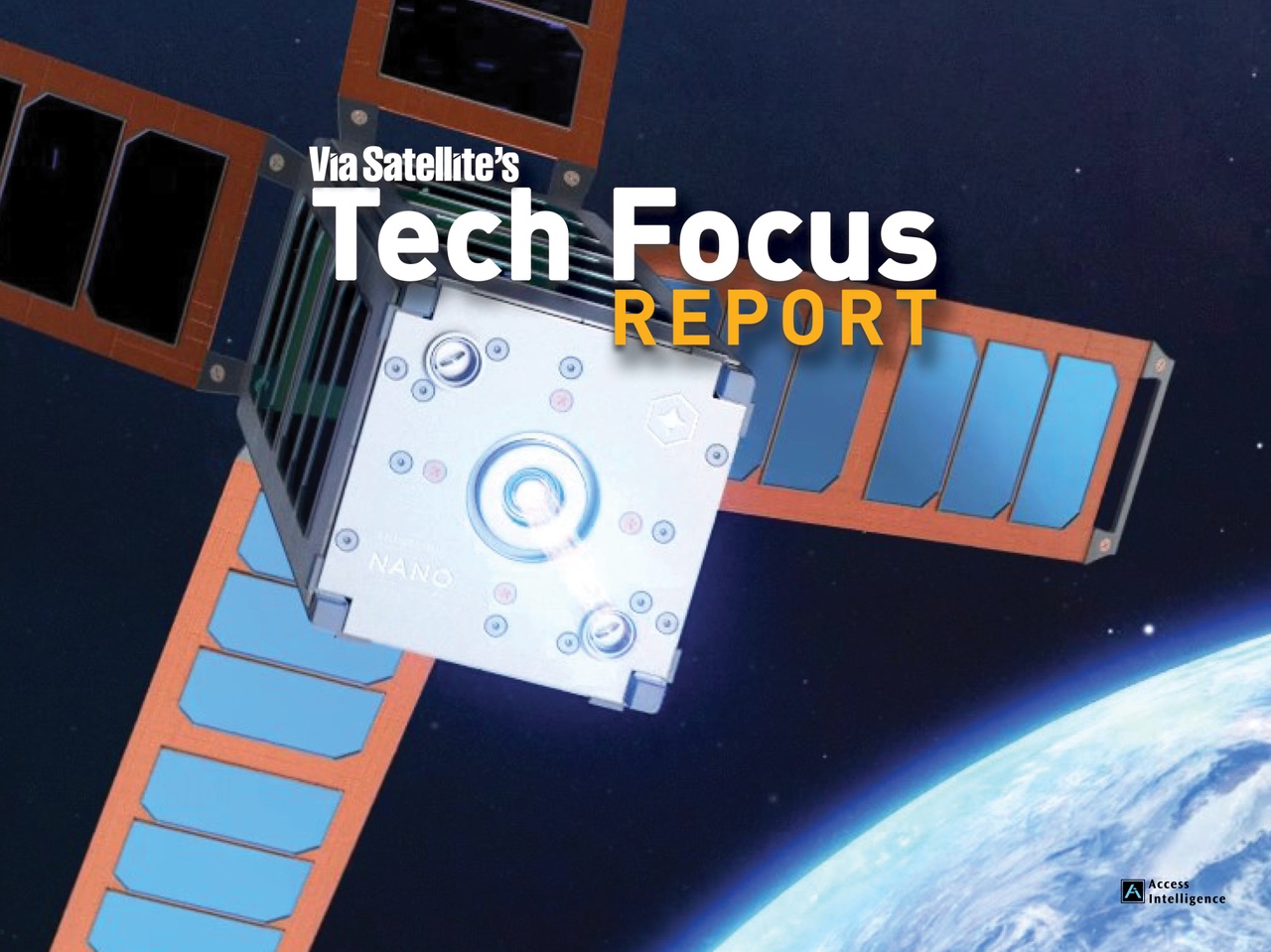
Moving With Speed Through Automation
Meeting rapid delivery timelines is part of the DNA of Millennium Space Systems. July 28th, 2024Moving With Speed Through Automation
Assistant Secretary of the Air Force for Space Acquisition and Integration Frank Calvelli laid out nine space acquisition tenets in October 2022, stating at that year’s TechCrunch in Los Angeles, “I think the threats against our systems by both Russia and China right now are too great.”
With the importance of space to everyday civilian and military life, the U.S. is focused on resiliency and diversification – diversification of orbits and proliferation of satellites.
Space acquisition is focused on speed to delivery, but not just that. They’re also seeking high-performance systems for high-stakes critical missions like missile warning and tracking, tactical intelligence, surveillance and reconnaissance, tactically responsive space and space domain awareness.
Millennium Space Systems, a Boeing Company, was founded for this very reason, well before small sats were considered a viable option to support national security space missions. Meeting rapid delivery timelines is simply part of the company’s DNA, and there are several enabling factors, including onboard processing, common core components and active production lines.
Underscoring these factors is automation through software and an assembly-line production approach.

Onboard Processing
To support a tactical response, operators and decision-makers not only need to access data, they also need to rapidly make sense of the many terabytes of data coming in. Onboard processing, enabled by software to function automatically, makes sense of the data at the point of collection – the satellite.
That’s just what Millennium Space Systems is doing with FOO Fighter, which will demonstrate advanced missile defense capability by incorporating fire control-quality sensors into a prototype constellation. This will enable the high-fidelity tracking of targets and will provide pinpoint coordinates to warfighters or weapon systems on the ground.
Onboard processing enables the ability to rapidly send only the information needed to the right decision-maker when they need it. The company can do this because of a flexible processing platform based on work done with other programs and internal funding.
Common Core Components
Millennium Space Systems is 80 percent vertically integrated, which allows the company to prioritize program needs. But, critical to the company’s vertical integration is its 25+ common core components that make up a satellite.
The company can build these mature, modular, open-system architecture components at a fast rate because of an active production line and continuous improvements such as workforce training, digital tools and automated testing. And because these common core components were deliberately designed to support different orbits and missions, the company can move with speed, no matter the program.
These common core components go through recurring innovation, many of which are now on third, fourth and fifth-generation development cycles.
Active Production Lines
Along with common core components, Millennium Space Systems has several active production lines of spacecraft for multiple missions. The company’s ALTAIR small sat bus takes advantage of the investments made over the last decade. It’s flexible and can support different missions and orbits.
Active production lines also allow Millennium Space Systems to support Tactically Responsive Space missions, like VICTUS NOX. The team was able to pull a bus from an active production line and modify it for a different mission and orbit in just eight months.
No matter what the approach or level of automation, what’s important is how quickly industry can deliver high-performance constellations in support of national security space missions.
Learn more about Millennium Space Systems









